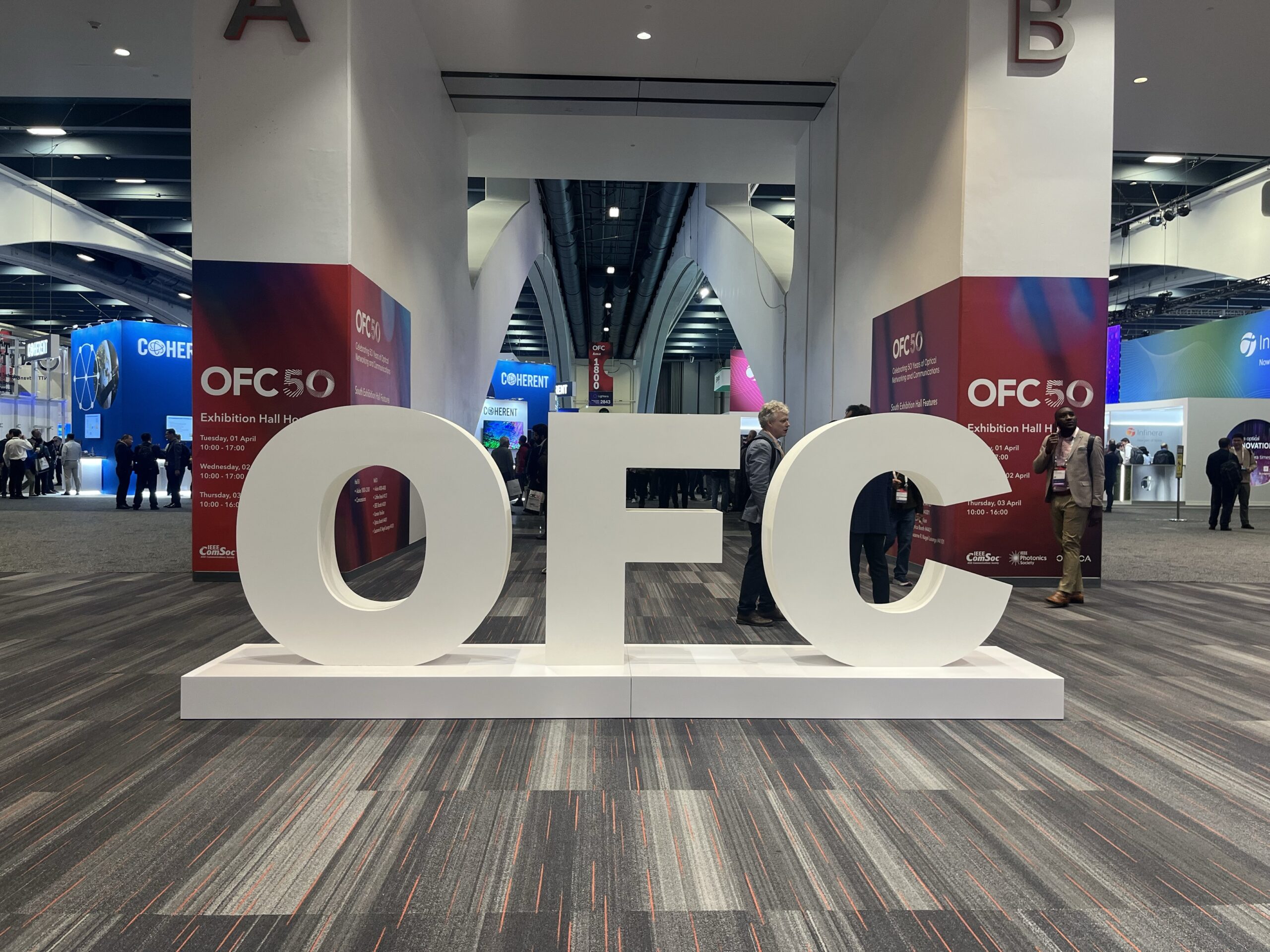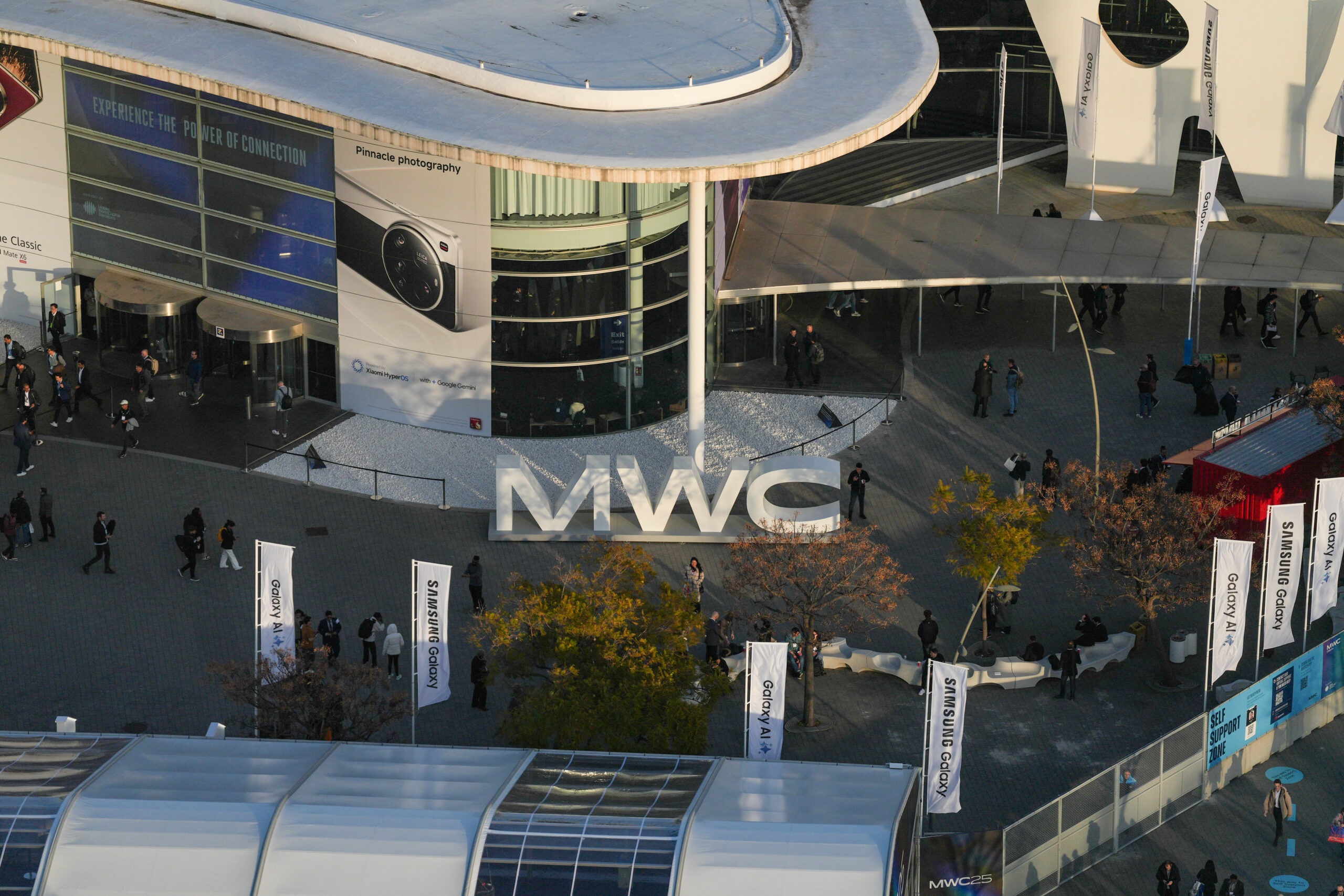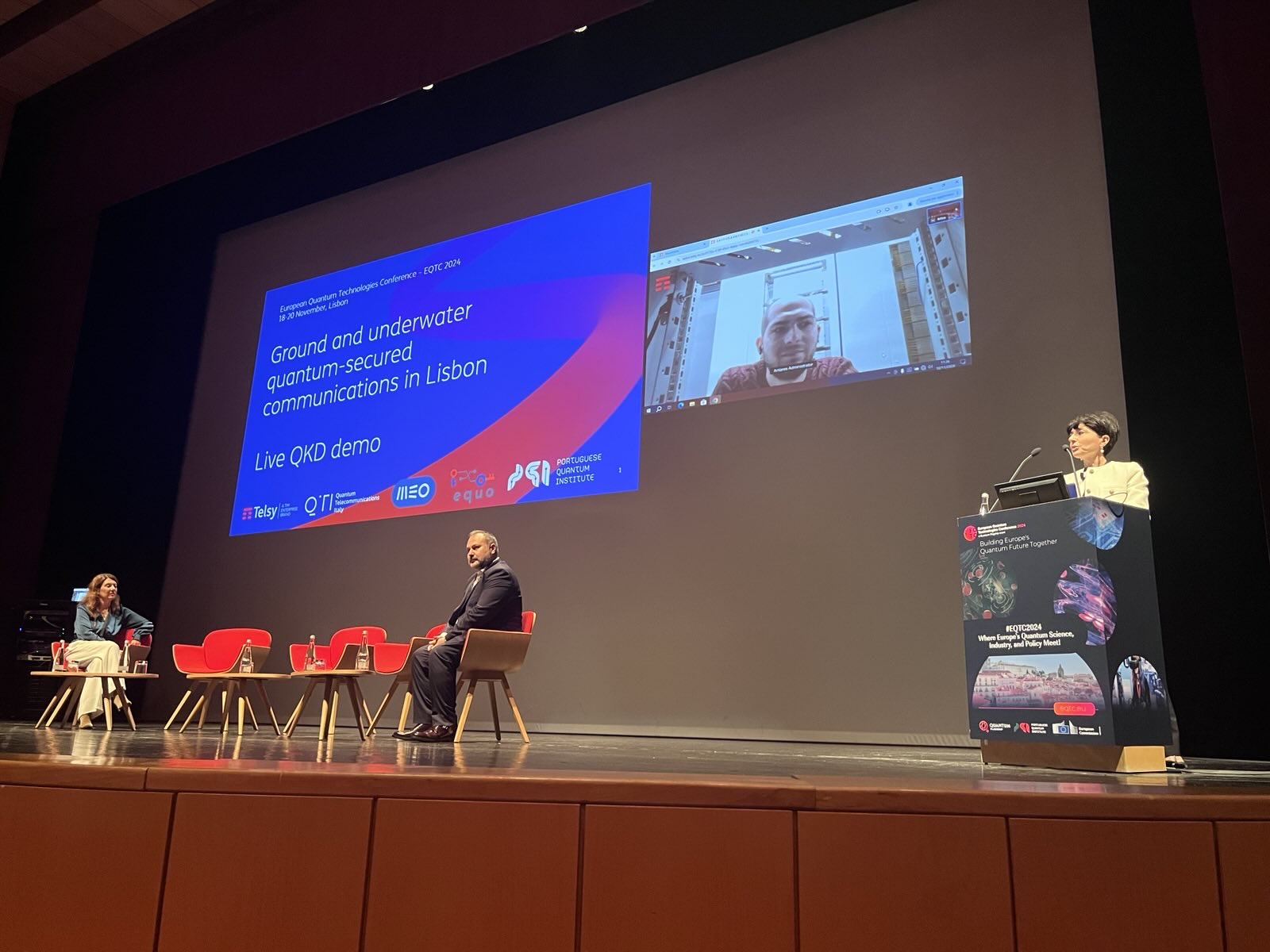In the upcoming years, novel emerging technologies, such as quantum computation and quantum cryptography, are expected to have a huge impact on the current society, thanks to their several real-world applications in many practical and digital tasks. In other words, the introduction of such technologies will project our society into the Second Quantum Revolution. But why is it addressed as a “Second” Quantum Revolution? And what are the principles behind the novel quantum technologies which make them differ from the past? Here you will find a brief overview of the basic elements and the historical context which are currently boosting the development of quantum-based services and applications.
From “Dots” To “Waves”
Since its introduction in the beginning of 20th century, the theory of quantum mechanics has led to a completely unexpected description of nature at the fundamental level. It depicts a world that is fundamentally probabilistic, where microscopic particles such electrons behave like “waves” of matter. This means that a quantum particle is better described with a probability distribution in time and space (the so-called wavefunction) rather than a “dot” of matter with a well-defined position and velocity, as in the typical case of classical physics. At the same time, light and electromagnetic radiation can be treated as a multitude of particles, or photons, each one carrying the minimum amount of electromagnetic energy, called quantum.
The understanding of such wave-particle duality of the physical world, has brought all the technological innovations related to the First Quantum Revolution. Primarily, the quantum-based description of electrons, with their wavefunctions, allows to explain the behavior of chemical elements, metals, and semiconductors, and such understanding has laid the foundations for the computer-chip industry. Also, well-established techniques of medical imaging (such as Nuclear Magnetic Resonance and Positron Emission Tomography) rely on the quantum description of matter, including the properties of spin and of radioactive emission. At the same time, the understanding of photons and of the interaction between matter and light through energy quanta, as explained by the photoelectric effect, has led to the introduction of lasers and image sensors, but also photocopying machines as well as solar cells and LEDs. Thus, the scientifical breakthroughs of the First Quantum Revolution have brought all the core technologies underpinning modern society.
The Second Quantum Revolution
Today, the possibility of explicitly addressing, controlling, and detecting individual quantum systems has led to the Second Quantum Revolution, in which quantum mechanics is employed not only to describe the physical world, but also to harness “quantum” phenomena to develop radically new quantum technologies.
In particular, the observation of the individual behavior of a single quantum particle, such as a single photon or atom, rather than that of the collective evolution of a macroscopic sample of particles, enables to directly witness non-classical phenomena such as quantum superposition and entanglement. According to the superposition principle, a single measurement of a quantum particle generally returns an aleatory outcome. Such inherent unpredictability of reality is often referred as the uncertainty principle of the quantum theory. Moreover, the acts of measurement and observation can alter the initial state of the quantum particle, which is said to “collapse”, thus causing the loss of its initial definition. The other effect, the entanglement, is one of the most fascinating properties of quantum mechanics: if two objects are entangled they cannot be described as independent but only as a unique system. As a consequence, even when placed in remote locations, they can be instantaneously connected. Therefore, even though individual measurements on one object are random, they determine the result of the same kind of measurements carried out on the second object. Such behavior reveals the presence of non-local correlations, that cannot be explained by classical physics.
Quantum Revolution: Future Directions
Due to their expected repercussions of widespread innovation, quantum technologies are receiving a growing attention: several governments have launched large research programs, such as the Chinese program or the European Quantum Technologies Flagship initiative (read our article on EU quantum initiatives). At the same time, national and multinational companies and start-ups have begun to take part in the development of quantum technologies, especially for applications in quantum communication (e.g. QTI s.r.l.) and computing (e.g. Google, IBM, Microsoft, IonQ, D-Wave, Intel).
The European Quantum Technologies Flagship has identified four main development directions: quantum communication, in which individual or entangled photons are used to transmit data in a secure way; quantum simulations, in which well-controlled systems are used to reproduce the behavior of less accessible systems; quantum computation, which employs quantum effects to greatly speed up some noteworthy classes of calculations; and quantum sensing and metrology, in which quantum systems are exploited to enhance the performance of measurements.
Yet, the development of quantum technologies for real-world applications is challenging, due to the necessity of controlling single quantum systems while protecting them from a noisy environment and decoherence. To address this problem, many physical systems, each one with its strengths and limitations, are under investigation. For instance, for quantum computational tasks, ions confined by electromagnetic traps and superconductive circuits are very promising candidates. Indeed, the latter platform has been employed by Google in 2019 to experimentally demonstrate the advantage of a quantum computer over a classical one. On the other hand, atoms cooled down close to 0 Kelvin and ions trapped in optical lattices are promising tools for quantum simulation. In quantum metrology and sensing, neutral atoms, trapped ions and solid-state spins are the most investigated platforms.
Concerning quantum communication, photons are naturally best suited. Indeed, since they travel at the speed of light and interact weakly with the environment, they can convey information over long distances, especially at wavelengths compatible with the already-existing fiber networks that are currently employed for optical telecommunications. These practical advantages have made quantum communication and quantum cryptography not only the most advanced among the other quantum technologies, but also the most suitable to leave the research laboratories and become available on the market. In the near future, we expect several reliable quantum networks to be established in many countries, not only to enable secure encryption in data exchange but also to connect distant quantum processors and devices, in the so-called quantum internet.
Bibliography
G. J. Dowling J. P.; Milburn, “Quantum technology: the second quantum revolution”, Philosophical Transactions Mathematical Physical & Engineering Sciences 361 (2003). 10.1098/rsta.2003.1227
A. Acín, I. Bloch, H. Buhrman, T. Calarco, C. Eichler, J. Eisert, D. Esteve, N. Gisin, S. J. Glaser, F. Jelezko, et al., “The quantum technologies roadmap: A European community view”, New Journal of Physics 20 (2018). 10.1088/1367-2630/aad1ea
F. Arute, K. Arya, R. Babbush, D. Bacon, J. C. Bardin, R. Barends, R. Biswas, S. Boixo, F. G. S. L. Brandao, D. A. Buell, et al., “Quantum supremacy using a programmable superconducting processor”, Nature 574 (2019). 10.1038/s41586-019-1666-5



